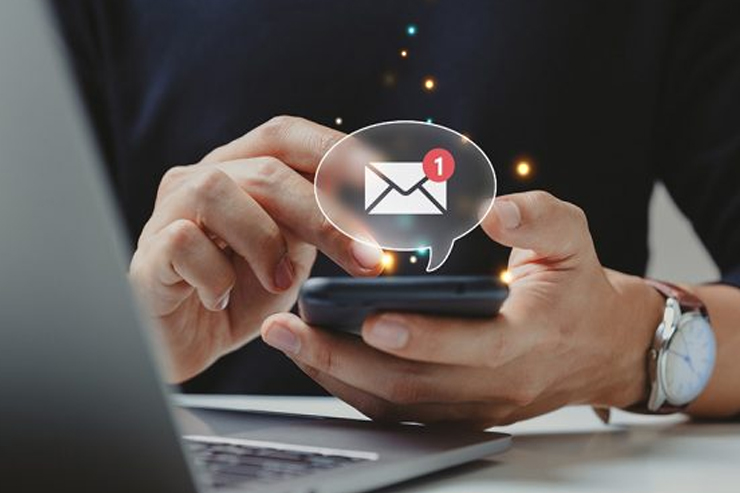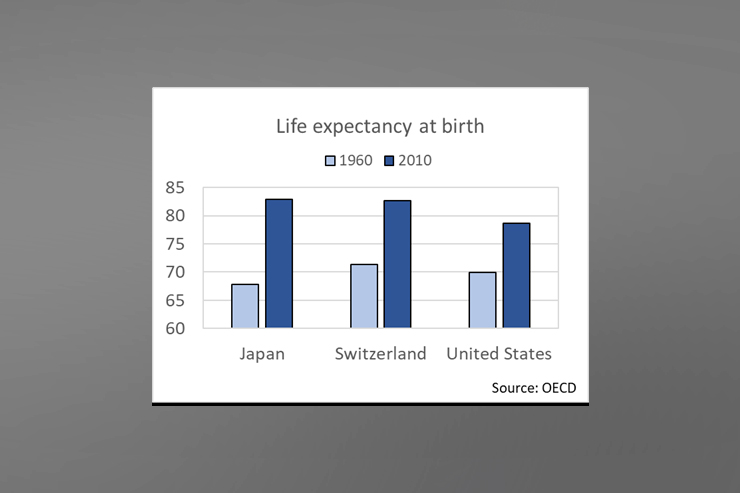The Digital Connection: Enhancing Hotel Guest Experience

In our digitally interconnected world, the power to connect is just a click away. Whether it’s connecting with loved ones or making new friends worldwide, digitization has transformed the way we bridge distances. For the hotel industry, this digital connectivity opens up exciting new opportunities to engage with guests, ultimately enhancing their satisfaction. However, the question arises: is there such a thing as too much digital communication? The key is striking the right balance and leveraging digital tools to complement the human touch in the hospitality sector.
Your Guests Are Online
Today’s travelers, whether on leisure or business trips, almost invariably carry Internet-connected devices with them. Smartphones and laptops have become integral companions during hotel stays. This presents a golden opportunity for hoteliers to harness digital tools and provide an even more exceptional guest experience. By integrating digital communication, you can ensure that your front desk and guests are just a tap away from each other, regardless of their location within the hotel.
Pre-Stay Digital Communication
One effective way to harness digital connectivity is to engage with your guests even before they arrive. Once a guest books a room, an automated message can be triggered, expressing gratitude for their business and providing essential information for their upcoming stay. This could include details such as check-in times, hotel location, parking options, local attractions, onsite amenities, and more. Pre-stay digital communication demonstrates that you are attentive to your guests’ needs and facilitates a warm welcome before they set foot in your establishment.
Digital Communication During the Stay
In the course of a guest’s stay, digital communication can take various forms to enhance their experience. Some guests prefer to have their queries addressed from the comfort of their room rather than engaging in face-to-face conversations. By offering information and services digitally, you cater to different preferences and enhance the guest experience.
Digital tools can include property maps accessible through QR codes or cloud-based applications, allowing guests to locate amenities and navigate the property with ease. Additionally, integrating booking services for onsite activities, spa treatments, restaurant reservations, and more can encourage guests to explore and utilize these offerings. Presenting these options digitally, rather than overwhelming guests with a lengthy list at check-in, ensures they have the time and convenience to explore the possibilities, ultimately leading to a more satisfying stay.
Service request software can further streamline the guest experience. If guests encounter issues in their room, such as a malfunctioning shower or flickering lights, they can submit requests through a digital application. With an integrated cloud-based property management system (PMS), these requests can be efficiently relayed to staff for prompt resolution, ensuring that minor issues do not escalate into negative reviews.
Digital Post-Stay Communication
Traditionally, once guests checked out of a hotel, the connection often ended. However, digital tools have transformed post-stay engagement. Following a guest’s departure, automated surveys can be triggered to collect valuable feedback about their experience. These surveys can encompass various aspects of their stay, enabling hoteliers to gain insights into areas of excellence and potential improvement. By analyzing this feedback, trends can be identified, and adjustments made to enhance the overall guest experience.
Balancing Digital and In-Person Communication
While digital tools offer tremendous advantages, they are not a substitute for human interaction. The hospitality industry thrives on personal connections and memorable experiences. In-person communication remains invaluable in creating a warm and welcoming atmosphere. Digital tools should serve as a supplementary resource to assist staff in reaching more guests effectively. Digital communication doesn’t seek to replace personal interaction but to complement it where possible.
The vision of fully automated hotels may remain a distant future, as the heart of the hospitality industry lies in its human touch. However, digital tools play a pivotal role in enhancing the guest experience, streamlining communication, and providing convenient access to services. The combination of digital and in-person communication ensures that every guest, whether they prefer a face-to-face chat or a tap on their smartphone, feels thoroughly attended to. It’s a win-win situation, benefiting the hotel’s bottom line, staff efficiency, and guest satisfaction.
In summary, the future of the hotel industry embraces the convenience and engagement that digital communication offers. With everything accessible at the tap of a button, guests experience a higher level of care and attentiveness. Digital tools streamline operations, ensuring staff can provide an exceptional experience to all guests, even if face-to-face interactions are limited. It’s a win-win for hotels and their cherished guests.





